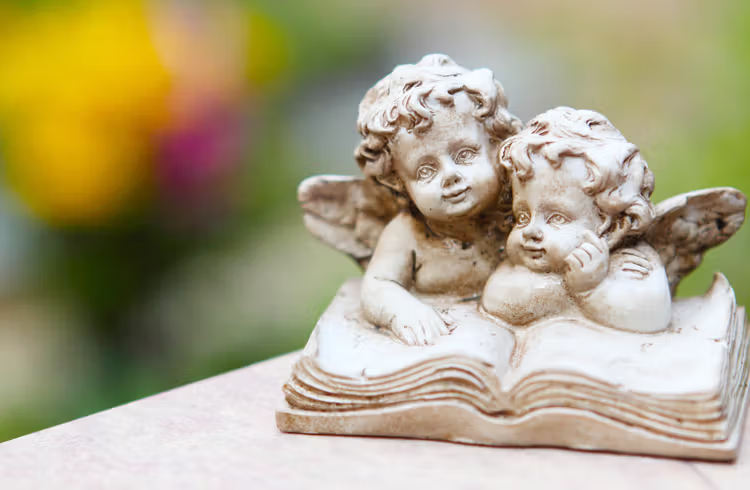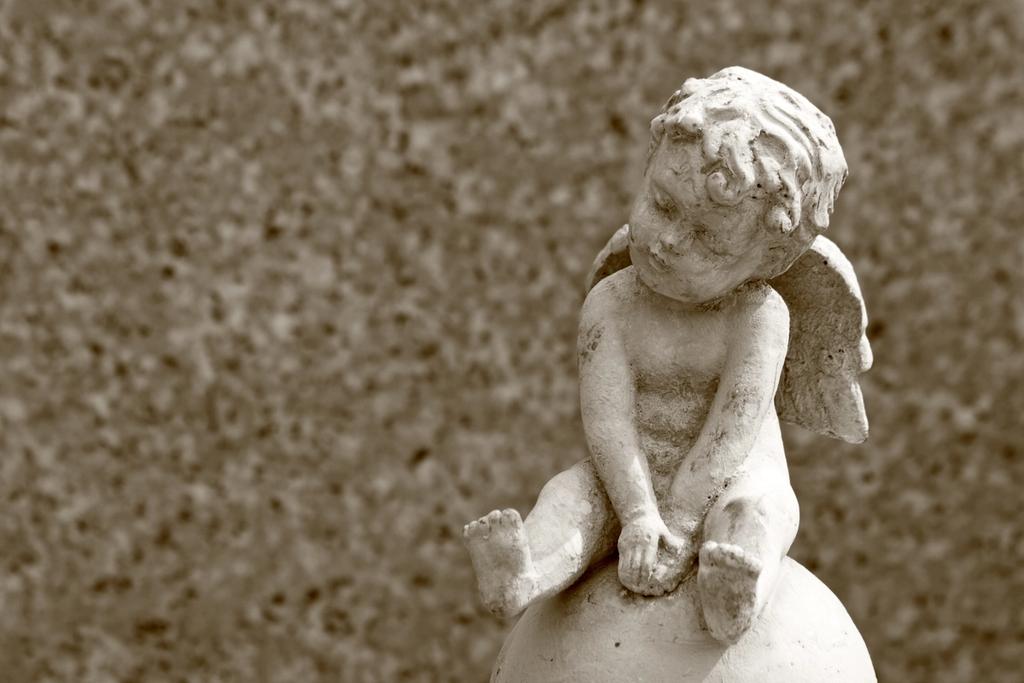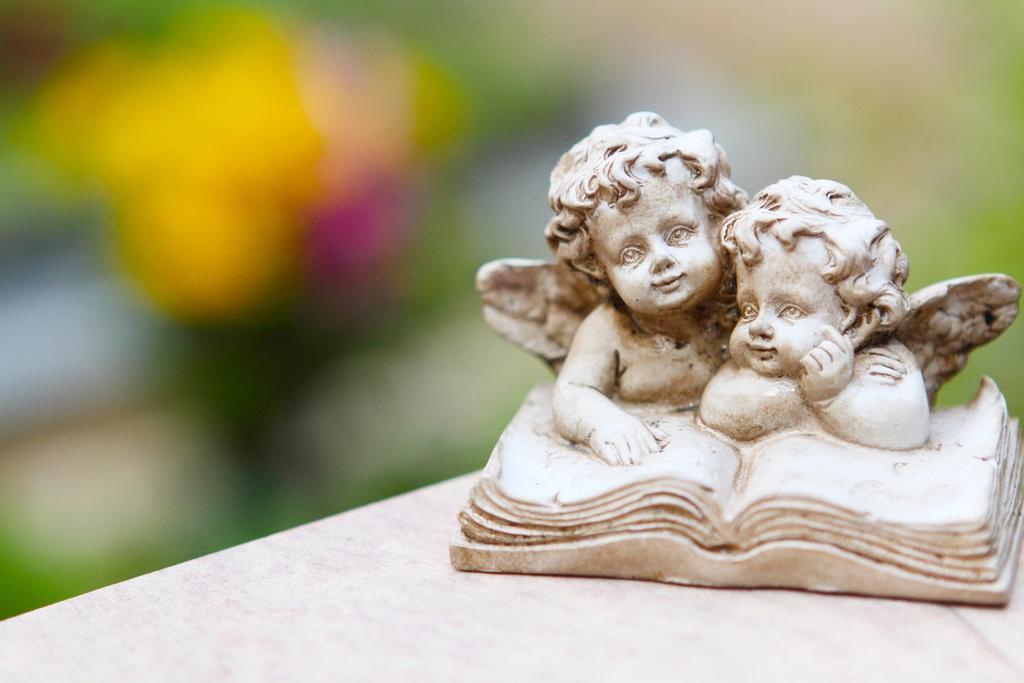Honoring Fallen Armed Forces Service Members: Military Funeral Customs Explained
It’s important we keep service members in the U.S. Armed Forces in our thoughts and never forget their sacrifice.

Whether an active service member in the Army, Navy, Air Force, and Marines falls in combat, or a veteran succumbs years later, a proper military burial is something they’ve earned. It allows their fellow service members a chance to provide a respectful goodbye and their family an important step towards closure.
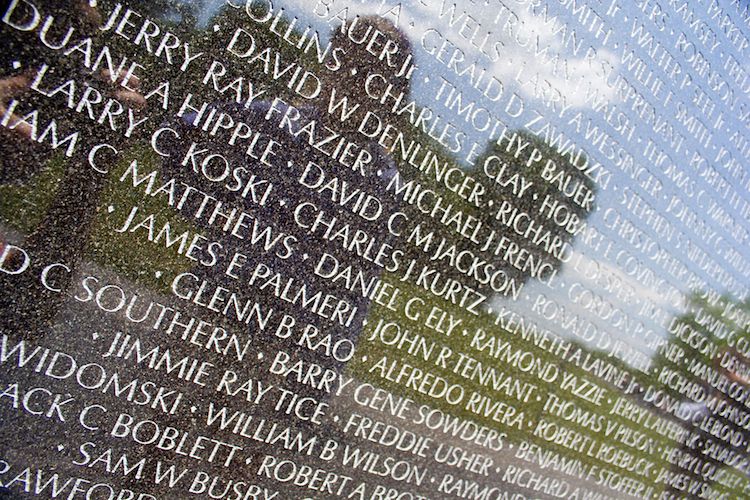
For those who have never experienced a military funeral firsthand, it’s powerful and displays the proud traditions of our Armed Forces.

In the spirit of remembrance, and to help those who aren’t familiar with the rituals or symbolism of a military funeral, we outlined a few of the most recognizable aspects below, which are excerpted from The Drill and Ceremonies manual.
Additionally, as a small token of appreciation, we’d like to encourage current and former members of the military to create an Everplan so their loved ones have some extra guidance if tragedy strikes.
Draping The Casket With The National Flag

When the U.S. flag covers the casket, it is placed so the union blue field is at the head and over the left shoulder. The flag, which is provided for service members and honorably discharged veterans, is not placed in the grave and is not even allowed to touch the ground. For those who die on active duty, the flag is provided by the branch of service in which that person served. Flags for veterans are provided by the Department of Veterans Affairs and it is presented to the next of kin at the end of the funeral. If there is no next of kin present, the flag may be presented to another family representative or a close friend.
Helpful Tip: Want to get Military benefits for your loved one? Make sure you have the paperwork! Without the necessary documents, namely the discharge papers (DD 214/Separation Documents), the funeral home will not be able to provide any of the benefits the deceased deserves. This even includes receiving an American flag. For more information, here's an article from the U.S. Department of Veterans Affairs that Funeral Director's reference to determine eligibility for burial in a national cemetery.
Honor Guard

The honor guard, which can consist of up to six Armed Forces members, carries or escorts the casket to the grave site. There are several different levels of funerals, including a standard funeral and a full honors funeral. According to a retired Army serviceman, a local unit for a standard military funeral may consist of 2-3 service members. However, when he participated in a former Chairman of the Joint Chiefs of Staff's funeral there were over 120 services members, which included a band, salute battery, firing party, casket team, caisson platoon, and escort element.
Other tasks by the honor guard include holding the American flag taut over the casket and ceremonially folding the flag before handing it to the highest ranking officer. Below is a video of The 3d U.S. Infantry Regiment (a.k.a. “The Old Guard”) displaying their impressive and precise technique on how to properly fold the American Flag.
Firing Three Rifle Volleys Over The Grave
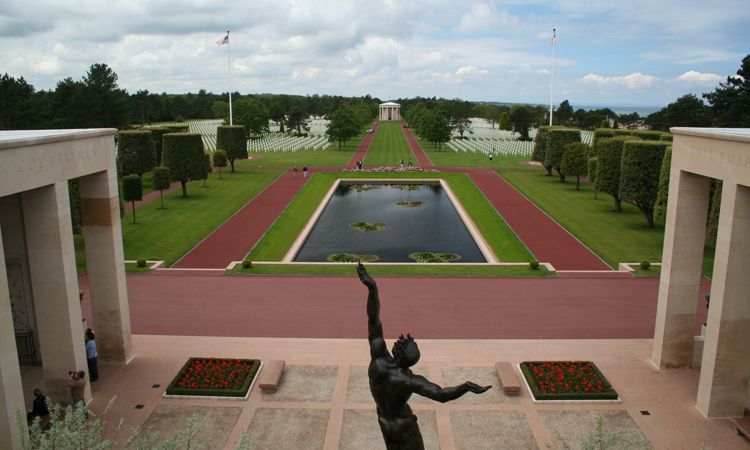
The firing of three volleys over the grave of a fallen warrior has its origin in the old custom of halting the fighting to remove the dead from the battlefield. Once the dead were removed, three-musket volleys were fired as a signal that the battle could resume.
Another military tradition is to put a spent shell casing from the volleys into the folded flag.
"Taps"
"Taps" was composed by the Union Army's Brig. Gen. Daniel Butterfield in 1862. It was called "Taps" because it was often tapped out on a drum in the absence of a bugler and was considered an appropriate substitute when firing three volleys for fallen soldiers was considered unsafe due to the proximity of the enemy. The call was officially adopted by the U.S. Army in 1874.
If you’re interested in the origin of “Taps,” The History Channel created this short but detailed segment:
(Source Material Referenced In Story: Drill and Ceremonies Manual)
"The Mission Of The Old Guard" As Told By Mr. Matthew Hernandez, Former US Army Captain
The 3d U.S. Infantry Regiment (The Old Guard) conducts memorial affairs to honor our fallen comrades, and ceremonies and special events to represent the Army, communicating its story to our Nation's citizens and the world.
During my time as the Presidential Escort Platoon Leader and the Executive Officer of Honor Guard Company, I had the privilege to lead and work with the best ceremonial unit in the world. We conducted missions at the White House, US Capitol Building, Pentagon and Arlington National Cemetery, to include the Tomb Of The Unknown Soldier.
It was an honor to serve in a unit that is tasked with the noble cause of honoring the men and women who served this great Nation. The precision and detail with which the Old Guard performs ceremonies is something to be admired. I recommend that all Americans make a trip to Arlington National Cemetery to pay tribute to the veterans who have been laid to rest there.
Related Resources: What To Do If Death Occurs While Serving In The Military | Military Deployment Checklist
- How To Express Sympathy: What To Say And What...We’ve compiled a list of things to say—and things to avoid saying—when...Read more
- A Quick Overview Of Proper Funeral EtiquetteFunerals are emotionally complex, and knowing how to act can present a...Read more
- The Five Stages Of GriefAfter experiencing a loss, it's common to go through a range of emotions...Read more
- Funeral Pre-Planning Cheat SheetPlan now, rest later.Read more
